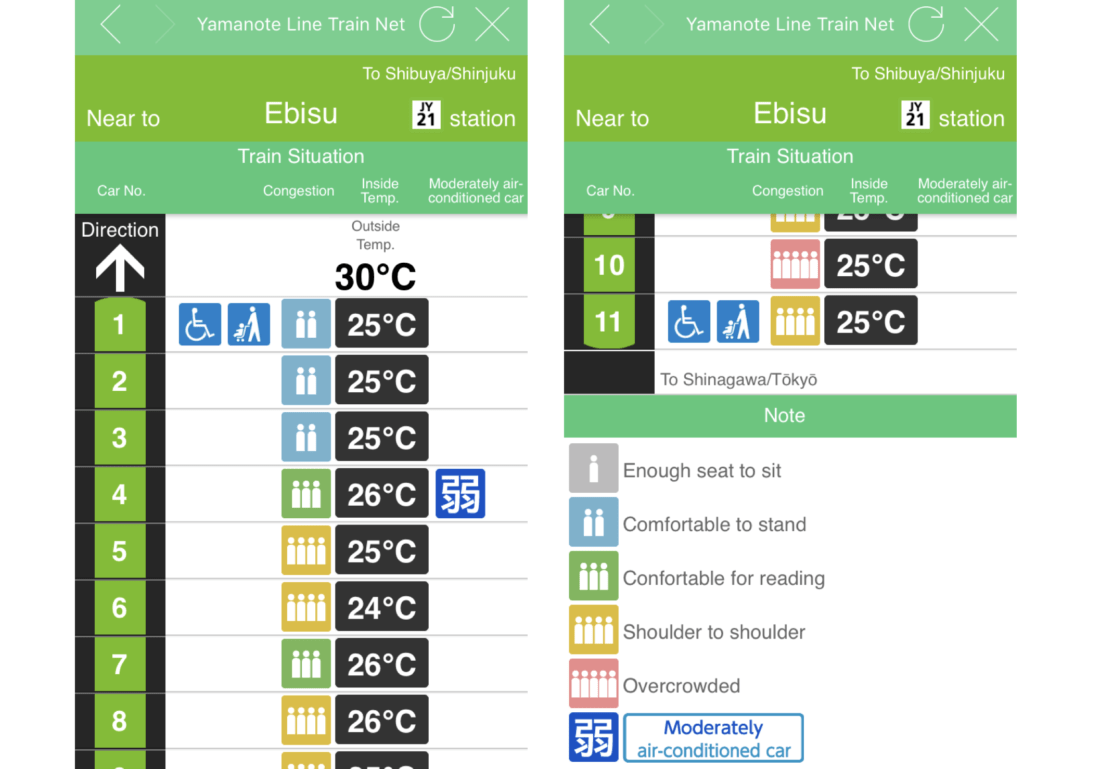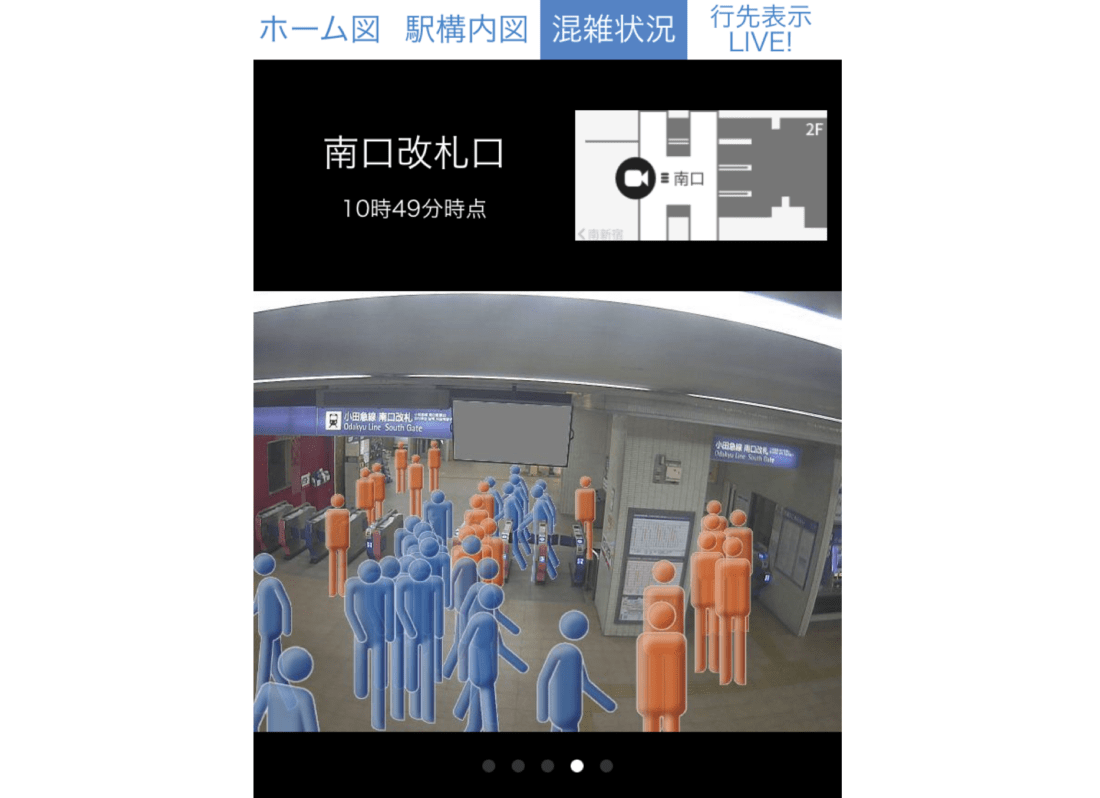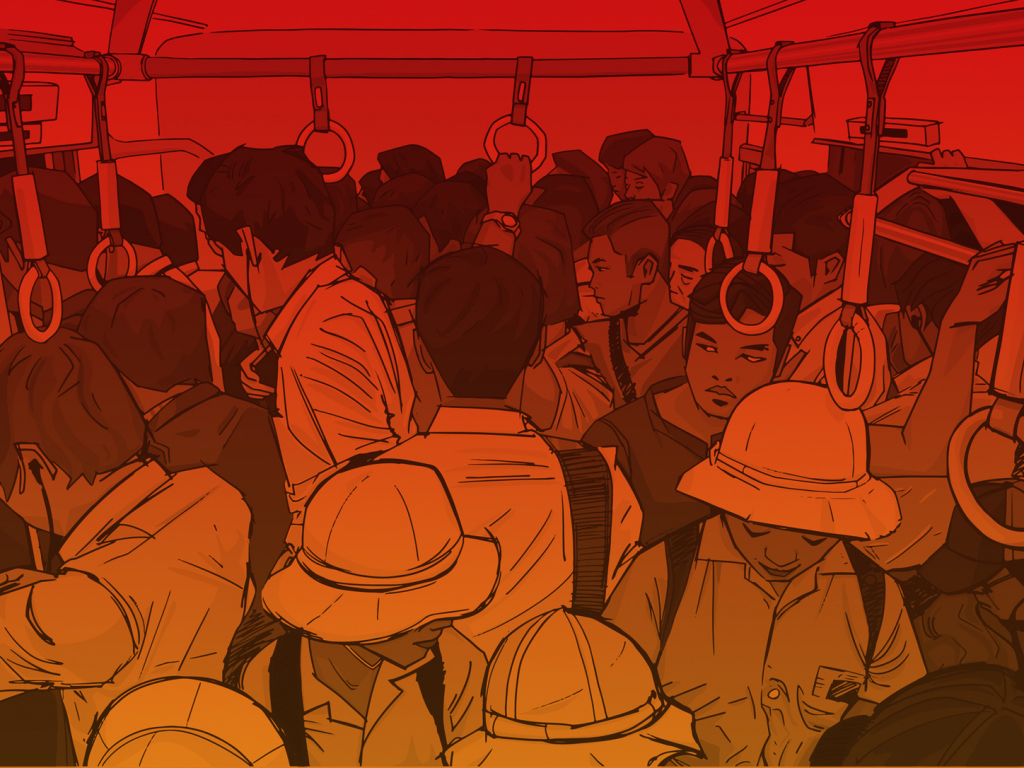Few things puzzle Tokyo commuters as much as temperature settings on trains. When do they change, and why is it so damned cold in summer? We dove into the topic and came out somewhat the wiser. As it turns out, although many train companies have computer-regulated air-conditioning in their cars adjusting the temperatures automatically, there does seem to be some room for manual adjustments under extreme conditions. Here’s our quick guide to temperature settings across Tokyo trains…
Tokyo Metro
The subway’s general guideline dictates that air conditioning be set at 26°C as standard, with 28°C in the “weakly air-conditioned” cars. However, train conductors use their judgment to adjust the temperature depending on congestion onboard and temperatures outside.
More information at Tokyo Metro
JR East
As JR East covers all over eastern Japan, there is no universal rule for the organization as a whole. Instead, guidelines depend on the train line. The JR East app gives up-to-date information on service status, offers route searches, and has detailed station maps.
Its most useful feature, however, may be the realtime information they have on the Yamanote Line. You can see which cars are moderately air conditioned, as well as what temperature each car is and how crowded it is.
The Yamanote Line appears to average at 26°C for normal cars and 27°C in moderately air-conditioned ones. For other lines, JR East uses previously collected data to predict the number of passengers during certain times and at certain stations to guide their temperature setting decisions.

More information at JR East
Odakyu Electric Railway
Odakyu, like JR East, has an app that gives detailed information on trains and delays, but also offers a live camera feed at every station to show how busy the exits are. (People are replaced with animated images.)
As for temperature regulation, an Odakyu representative confirmed that in summer the air conditioning is set at 26°C in most carriages, and at 28°C in moderately air-conditioned ones. In winter, the heater is set to 20°C, but this may be adjusted according to outdoor temperatures, how crowded the train is, and other factors. They also noted that the effectiveness of the cooling and heating systems depended on the age of the train.

More information at Odakyu
Keio Corporation
Keio has a more seasonal approach than most when it comes to temperature adjustments. In spring, they acknowledge that it is very difficult to maintain a comfortable temperature onboard due to weather fluctuations, but they do use air conditioning during rush hour. They advise passengers to open windows or wear layered clothing to regulate the temperature at other times.
In summer, the standard temperature setting is 26°C, while cars with low-set air conditioning are set at two degrees higher.
As for winter, Keio indicates that although heaters are turned on as soon as they start running in the morning, it may take an hour or two for the train to actually warm up.
More information at Keio
Tokyu Corporation
The standard temperature is set at 25-26°C for Tokyu’s trains, while the moderately air-conditioned cars are set to 28°C.
More information at Tokyu
Keisei Electric Railway
The heating and cooling systems on Keisei are generally automated, but if weather conditions are extreme or trains are particularly crowded then conductors can change the temperature as needed.
More info at Keisei
Seibu Railway
Seibu sets its cooling units to 26°C (28°C in the low air-conditioned cars) while its heaters run at 19°C in winter. As with most other train lines, they adjust depending on weather conditions and commuter traffic levels.
More information at Seibu
Tama Monorail
Tama Monorail has a very simple system: the temperature is set at 25°C when the air conditioners are on, and at 22°C when they’re running the heaters.
More information at Tama Monorail
Do you think air-conditioners and heaters on trains are set too high or too low?
Main image: Shutterstock









